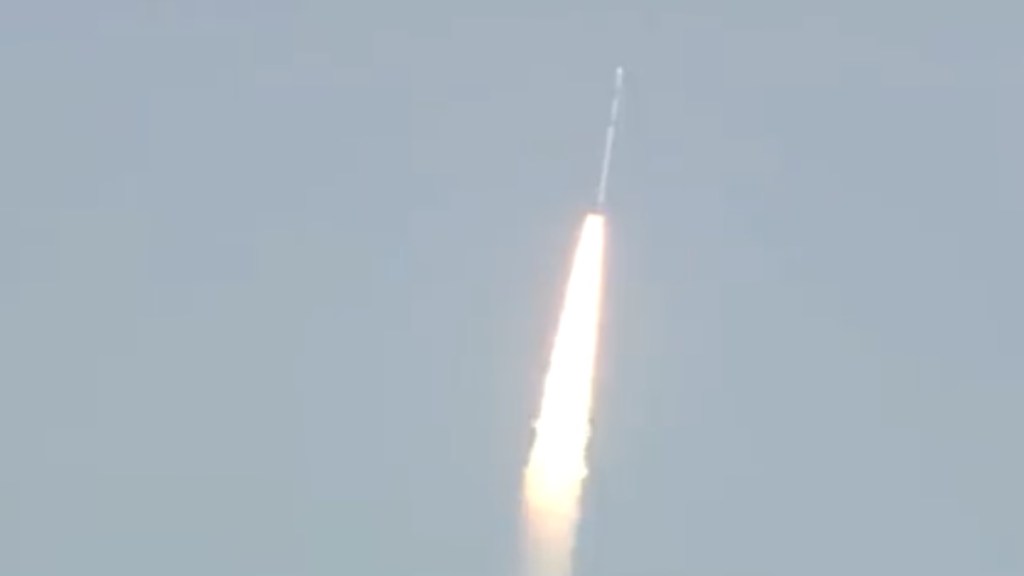SSLV-D2 Launch: The Indian Space Research Organisation (ISRO) successfully launched the Small Satellite Launch Vehicle (SSLV-D2) from Satish Dhawan Space Centre at Sriharikota on Friday morning. The launch vehicle carries three satellites including ISRO’s earth observation satellite EOS-07 and two co-passenger satellites, namely, Janus-1 and AzaadiSat2. According to recent updates, the three satellites have already been injected into the intended 450-km circular orbit around the Earth.
This is LV D2‘s second developmental flight. The maiden flight which was carried on August 7 in 2022, was a partial failure. The maiden flight failed because of an orbit anomaly and some deviation in the rocket’s flight path. For those unaware, the key features of SSLV include low-cost access to space, offers low turn-around time and flexibility in accommodating multiple satellites, and demands minimal launch infrastructure.
The Earth Observation Satellite, EOS-07, is of 156.3 kg which has been designed, developed and realized by ISRO. The co-passenger satellite, Janus-1, is a 10.2 kg satellite which belongs to ANTARIS, USA. Another co-passenger satellite AzaadiSAT-2 is of 8.7 kg which was made a combined effort of about 750 girl students across India guided by Space Kidz India, Chennai, as per ISRO‘s official website.
SSLV-D2 vehicle characteristics:
SSLV, as per ISRO, is configured with three solid propulsion stages and a velocity terminal module. It is a 34 m tall, 2 m diameter vehicle having a lift-off mass of 120 t.
Vehicle Height: 34 m
Vehicle Diameter: 2 m
Lift off Mass: ~119 t
Vehicle Configuration: SS1 + SS2 + SS3 + VTM
SSLV-D2 Mission Specifications:
Altitude (km): 450
Inclination (deg): 37.2
Launch Pad: FLP


